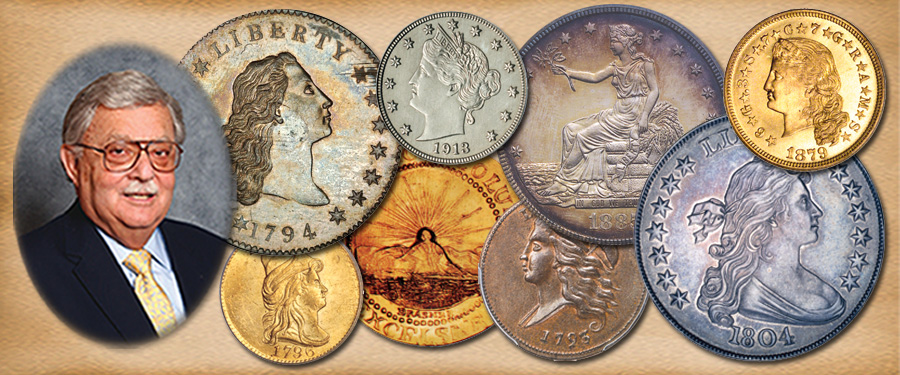
When I left off last week I was discussing how the entire landscape of gold double eagle ($20) collecting was changed by first Franklin Roosevelt’s recall of gold coins in 1933 and by the examples that were eventually found in overseas banks and hoards in the 1950s and later. When these coins were discovered, many previously scarce and rare dates and mintmarks suddenly were more available than they had been for decades.
One such double eagle was the 1926-S, missing from many a collection. Mr. J.K. Lilly, whose collection Stack’s helped to build, needed the 1926 S to complete his series. He had decided not to pursue other denominations and dates until he had finished this part of the collection. Stack’s offered a $500 reward to anyone who would sell us a specimen for $3,000. At a coin show, after we made this offer, James Kelly of Dayton, Ohio came to our counter, claimed the $500 and we purchased the coin for $3,000. We wired Mr. Lilly of the acquisition, and got a quick response: "I am glad I finished that series, so now I will go ahead."
However, within the next few days, a number of 1926-S double eagles were offered to us, at figures as low as $1,250. Some dealers who were aware of our high offer (for the times), thought that they could make a "killing” by selling to Stack’s. However, we had withdrawn the offer after purchasing the first coin.
We immediately wired J.K. Lilly again about the availability of more than one specimen. Mr. Lilly responded to us that since we spent so much time and effort on locating a single specimen, he would keep the one we sold him and thanked us for helping complete the collection, even at a very high premium. He told us that because of all that we had sold him previously at very fair prices, he would not ask for a refund. Stack’s remained his sole numismatic agent till the day he died in 1967. As many know, the coins collected by J.K. Lilly became an essential part of the National Coin Collection at the Smithsonian Institution after that gentleman’s passing.
The story of the double eagles recovered from overseas and the story of the bank hoard of half dollars show clearly that a rarity may not always stay a rarity. There are factors of supply and demand that must be understood, beyond what may be in the headlines at any given time.
Knowledge and research are important, as is an understanding of economic and numismatic history. Studying coins and history not only makes for better comprehension of what is rare and scarce, it makes you a smarter collector, allows you to make better financial and purchasing decisions and also increases your enjoyment of the hobby. Understanding all the factors that affect a coin gives you the confidence to build a top-notch collection and experience the pleasure of viewing, owning and completing it.
As I continue to discuss rarity, I will touch on factors that can guide the collector to make sensible choices.





